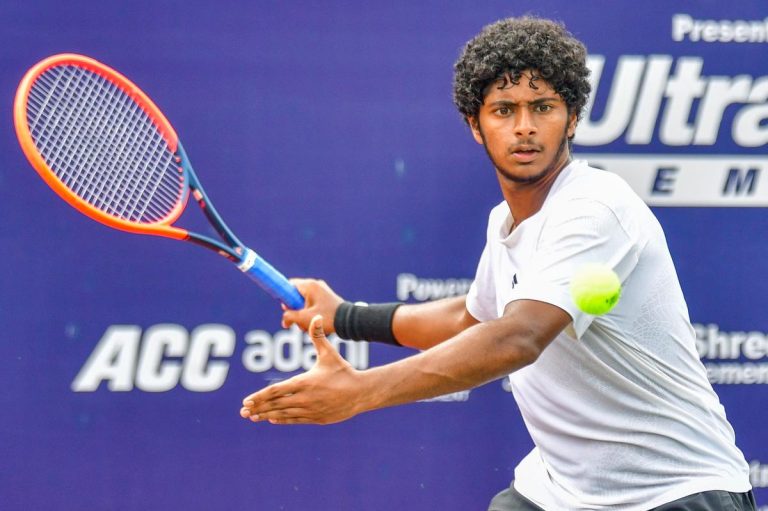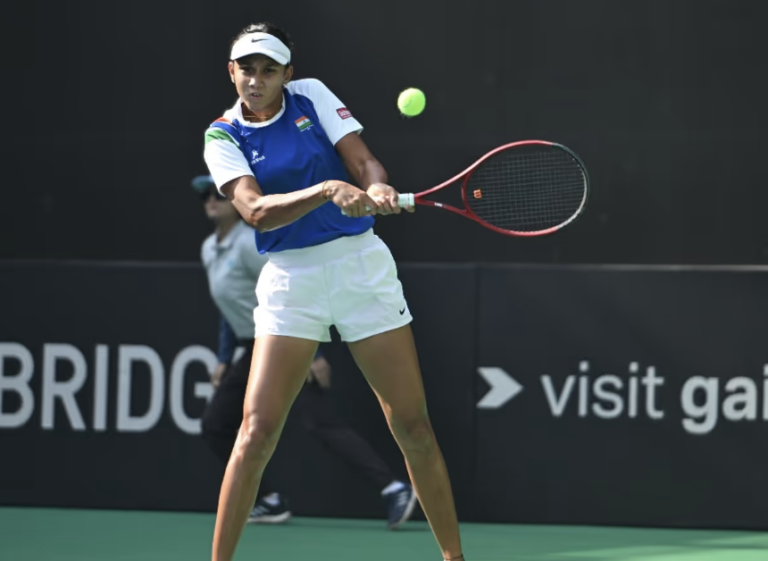
India’s singles tennis landscape in 2025 is facing significant challenges, with concerns mounting over the country’s ability to produce and sustain top-tier singles players on the global stage.
🇮🇳 Current State of Indian Singles Tennis
- Men’s Singles: Sumit Nagal stands out as a beacon of hope, having broken into the ATP Top 100 with a career-high ranking of 68. His journey, marked by resilience and consistent performance, underscores the potential present in Indian tennis.
- Women’s Singles: The scenario is more concerning. Sahaja Yamalapalli is currently the highest-ranked Indian woman, positioned at 293 in the WTA rankings. The absence of Indian women in the Top 200 highlights the pressing need for development in this sector.
🔍 Underlying Challenges
- Coaching and Infrastructure Deficiencies:
- Veteran player Prajnesh Gunneswaran has pointed out the stagnation in coaching methodologies, emphasizing the lack of contemporary training techniques and international exposure among coaches.
- Transition from Junior to Senior Levels:
- Research indicates that while India has produced promising junior players, many struggle to transition successfully to senior levels, often due to inadequate support systems and exposure.
- Limited Domestic Competitive Opportunities:
- The domestic tournament circuit has seen a decline, reducing opportunities for players to gain competitive experience and improve their rankings.
🌟 Positive Developments
- Emerging Talents:
- Young players like Shrivalli Bhamidipaty have shown promise, with notable performances in events like the Billie Jean King Cup, indicating potential for future growth.
- Increased International Training:
- A growing number of Indian juniors are training abroad, gaining exposure to advanced coaching techniques and competitive environments, which could translate into improved performances in the future.
🛤️ Path Forward
To revitalize India’s singles tennis performance:
- Invest in Coaching Development: Implement programs to train coaches in modern techniques and provide international exposure.
- Enhance Infrastructure: Develop and maintain high-quality training facilities across the country.
- Expand Competitive Opportunities: Increase the number and quality of domestic tournaments to provide players with necessary match experience.
- Support Transition Phases: Establish structured programs to assist junior players in transitioning to senior levels, including mentorship and financial support.


